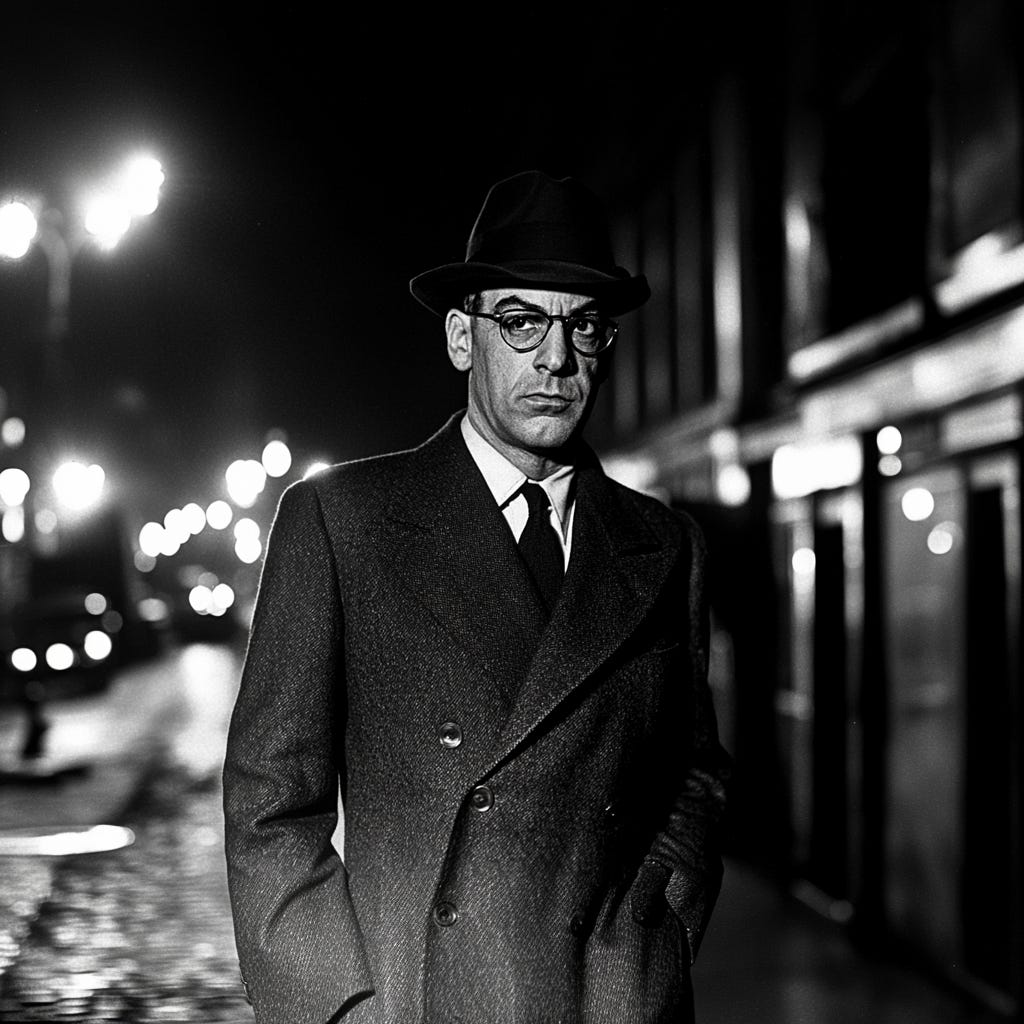Master Manipulator: The Rise and Fall of Mobster Anthony "Tony Bender" Strollo
Anthony "Tony Bender" Strollo was incredibly conniving even by mafia standards. In April 1962, after one too many betrayals, he disappeared forever
Just Prior to the formation of The Commission and the five families, there was a bloody gang war raging in New York. The two sides were led by old-world mafiosi named Salvatore Maranzano and Giuseppe “Joe the Boss” Masseria.
Known as the Castellammarese War, The bloody conflict led to bodies in the street and a lot of attention from police and the press. Many of the participants in the conflict would later go on to prominence as some of the most infamous and well-known mobsters of the twentieth century.



